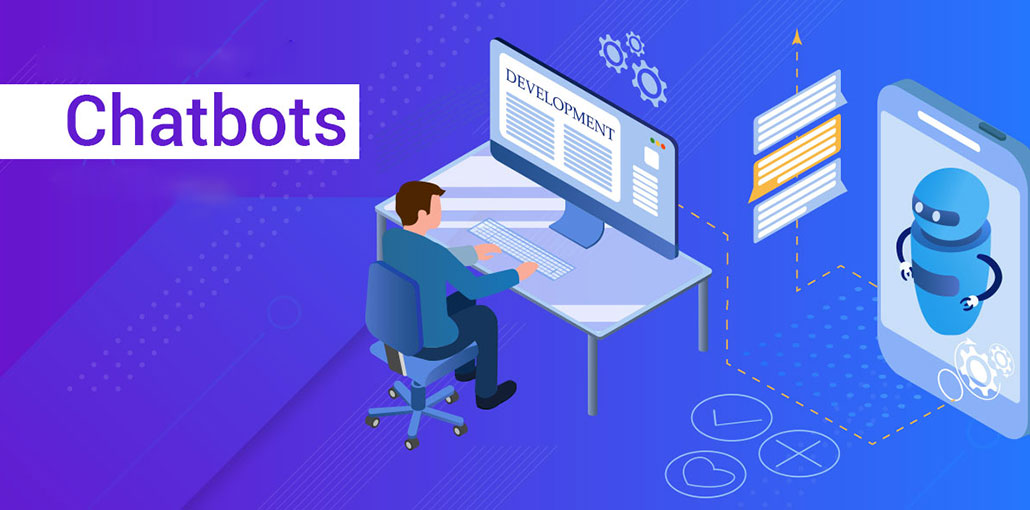You are intrigued by the idea that you could have a virtual assistant for your website or social media profiles, but aren’t sure where to begin. We feel you! It is not easy to create a chatbot deployment that will act as your company’s face. This requires careful planning and analysis. To top it all, your first attempt at creating an AI-powered chatbot may prove to be a discouragement.
This guide has been chatbot deployment from our extensive experience and will help you to take the right steps.
1. Analyse your existing touchpoints
It is important to draw on the knowledge you have gained through your communication channels. Examine your social media interactions, paying attention to what customers are asking and how they answer them. The most frequently asked questions for your live chat or call center are listed below. These FAQs will provide the foundation for your initial deployment phase.
Side note: Make sure you involve your customer service team in the design process. They are the best people to know your audience.
Also read: How Build a Chatbot – A Compete Detailed Guide for Beginners
2. Find a use case
While it is important to analyze your conversations, reviewing your conversion metrics is not something you can ignore. You should keep track of any bottlenecks in your channels. Is there a point where customers are leaving? Perhaps your website is missing a certain feature, which could be addressed by a chatbot. Your assistant should respond to a genuine need. Automating is what the assistant aims at, so it should be able to focus on repetitive tasks and tedious tasks.
3. Make the right team / Find your partner
The first and subsequent phases of chatbot deployment are not done in a day. This requires the involvement of subject-matter experts, such as developers, UX & UI designers, and knowledge base admins. Project managers are also required. You may already be able to use AI and ML-related abilities within your organization. You might also consider looking for an external partner if chatbot technology is not something you are comfortable with. If you’re interested in the latter, we have you covered
4. Start small
Now that the needs have been identified, the Q&A database is complete, and the dream team has been assembled to kick-start the project, you’re ready for success. You should have the motto “go big or home” right? This is not the case. Although enthusiasm is important, you may be tempted to get too enthusiastic. Software is difficult to deploy the first time. Your team must learn how to use the product and how to communicate with customers. Do not overwhelm your end-users or development team with complicated journeys. This is where an iterative approach works well. Focus on solving customers’ core issues first. Once your chatbot is up and running, you can always expand it.
5. Test
We recommend that you thoroughly test any feature. You shouldn’t be the only tester. Even if you believe in the project, your results may be biased. It is possible to share the chatbot among different departments within your organization and with a few customers. Ask them for their opinions, get screenshots, recordings of weak points, and most importantly, look at the conversation logs. You can then analyze the conversation flow and uncover subtleties in the context. Before you launch the first (or any) release, make sure to check the appearance on different browsers and devices.
Also read: 5 Chatbot Development Ideas To Increase Commercial Growth
6. Rely on feedback
Importantly, don’t get too attached to your ideas. Follow the guidelines if the tests show that certain questions should be rephrased, or eliminated. If your audience doesn’t accept the feature, even the most innovative one, it will not serve its purpose. The hyper care period should be a week to two weeks after your launch. It is important to review metrics and have conversations during this period and fix any major bugs. Minor bugs should be gathered and prioritized in the development of the next version.










Leave a comment